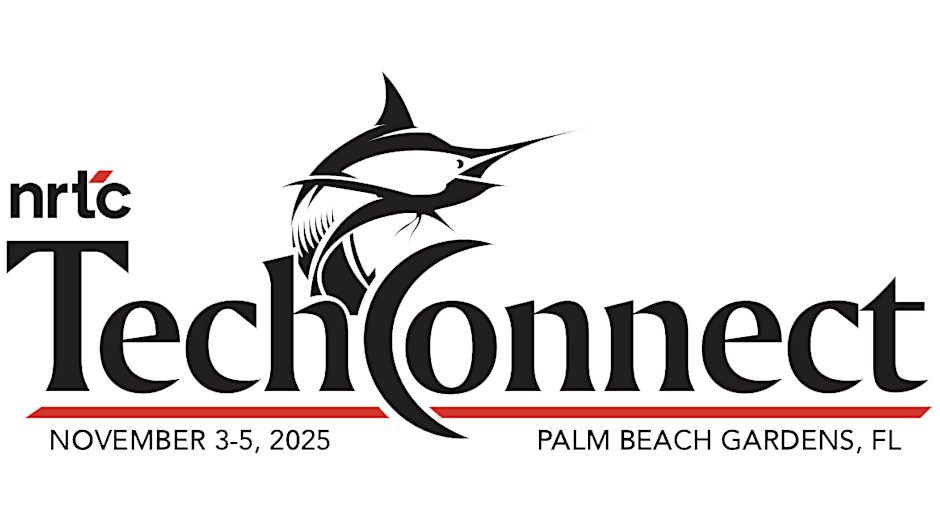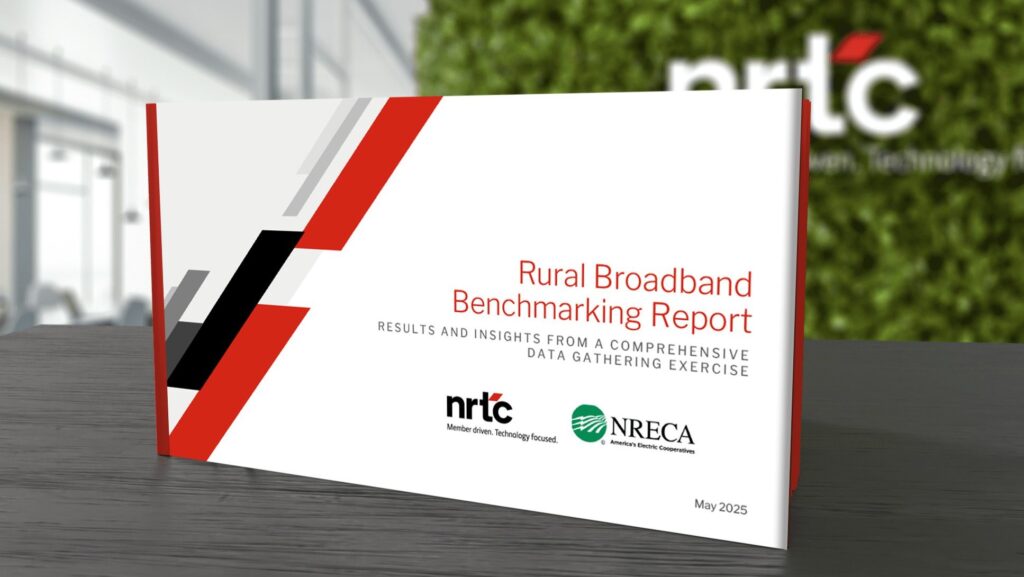AutoGrid Holds the Baton to Conduct Smart Grid Integration
Randy Sukow
|

As technology advances, demands on the smart grid are growing. Many rural electrics today have begun demand response (DR) programs based on smart thermostats, which help co-op members save energy and money. Gradually, however, homes and business are moving to additional technologies, such as solar power, electric vehicle (EV) chargers and battery storage systems. NRTC partner AutoGrid offers a unified distributed energy resource management system (DERMS) that gives co-ops the power to integrate and control all systems on a single software platform.
DERMS can reach across the entire electric generation and distribution chain, to monitor and control multiple energy-saving smart grid functions simultaneously (see graphic). “Think of AutoGrid as the conductor of an orchestra. You can manage a lot of things all at once and make it sound better,” said Farshid Arman, AutoGrid’s senior director of Customer Success during a recent NRTC-hosted webinar, “Distributed Energy: Solving the Needs of Today While Planning for the Demands of Tomorrow.”
AutoGrid has agreements with many of the leading smart grid device vendors for the ability to control and integrate their technologies using the DERMS platform. It has interfaces with five different smart thermostat vendors; three EV charger companies, and four battery manufacturers. Co-ops deploying multiple smart grid systems will not have to keep track of software upgrades and changes in the interfaces. AutoGrid handles that on the DERMS platform.
For example, many cooperatives are deploying large, industrial battery storage systems, either on their own or working with a generation and transmission cooperative. NRTC partner ENGIE recently demonstrated several use cases for such storage systems. DERMS can help cooperatives integrate their system into large storage operations, or with smaller, residential backup batteries.
With DERMS, cooperatives have the option of aggregating residential storage systems across their service areas. “In some of the more advanced use cases, DERMS can focus on specific parts of the network. This is a highly responsive resource. If you’re trying to get 1 megawatt of capacity across the batteries deployed in your territory, you can get to that level of granularity,” said Sadia Raveendran, AutoGrid director of Industry Solutions.
In some rural areas, farmers have long used DR to save energy costs by running irrigation systems during off-peak hours. Some farmers have begun deploying photovoltaic (PV) cells to generate some of the electricity to run the irrigators. “Because you know how much water the farmers plans to use, you know how much power they will need. You can plan ahead,” Arman said. “Once you can plan ahead, then you can couple DERMS with other programs, including PV, but it could be with your battery or with car chargers. You can make your overall load match an objective.”
EV chargers are only beginning to appear in many rural areas as the battery technology gradually improves. “You’re essentially altering the speed of the charging [using DERMS] and, therefore, changing the load charging stations have on the system,” Raveendran said. “In terms of the potential, the shed is much higher than a smart thermostat.”
“Three or four years ago, I think a lot of co-ops thought they would never have much EV penetration in their service territories. Over the last 18 months, I think that opinion has changed drastically. Now they think, ‘It’s here and we have to put a plan in place,’” said Nathan Holland, NRTC director of Grid Intelligence. He sees the same trend for residential batteries. “The value of a DERMS platform is that it allows you to grow into it … It future-proofs you.”
Those who would like to learn more about expanding smart grid options and would like to hear a replay of AutoGrid’s DERMS webinar can get a link to a recording by contacting their NRTC regional business managers. (NRTC members only, please.)


